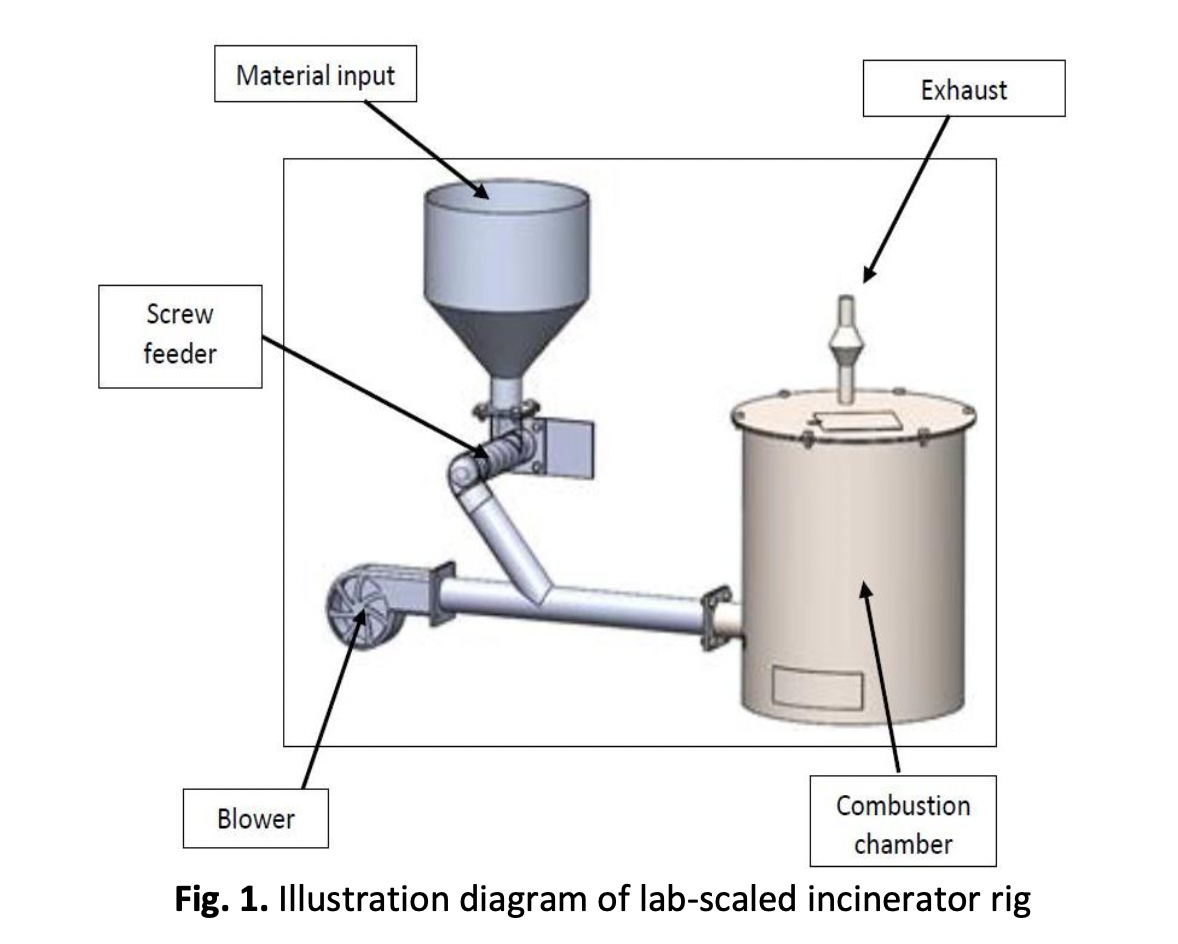Combustion of Pulverized Coconut Shell in Lab-Scaled Incinerator Rig using CFD
DOI:
https://doi.org/10.37934/arfmts.103.1.115Keywords:
Coconut shell, incinerator rig, CFD, carbon dioxide, carbon monoxide, excess airAbstract
In power generation, particle size distribution (PSD) of pulverized coal used in a power plant was 65%-70% passing 200 mesh or known as 76 microns. Since coal took hundreds of millions of years to form, it is not renewable energy and coal will release harmful gases after-burn. Thus, biomass has become an alternative fuel for reducing the consumption of coal and the emission of harmful gases. Coconut shell has the potential to substitute coal as fuel. In this study, Computational Fluids Dynamics (CFD) is used for simulating the combustion process in the lab-scaled incinerator rig (LSIR). The behaviours of pulverized coconut shells and the effect of excess air during combustion are studied. The results showed that the average carbon monoxide (CO) and carbon dioxide (CO2) mass fraction was calculated at 0.0196 and 0.257 respectively. The combustion efficiency was determined as 92.94%. The percentage of excess air (EA%) was increased by increasing the velocity of inlet air for investigating the responses of combustion efficiency. The EA with 39% was predicted as the most suitable EA for the combustion because the heat generated at 39% EA was the highest and its volume average temperature was recorded as 1198.7K. Besides, the combustion efficiency was increasing when the EA% is increased by calculating from every volume average of mass fraction of CO and CO2.
Downloads
































